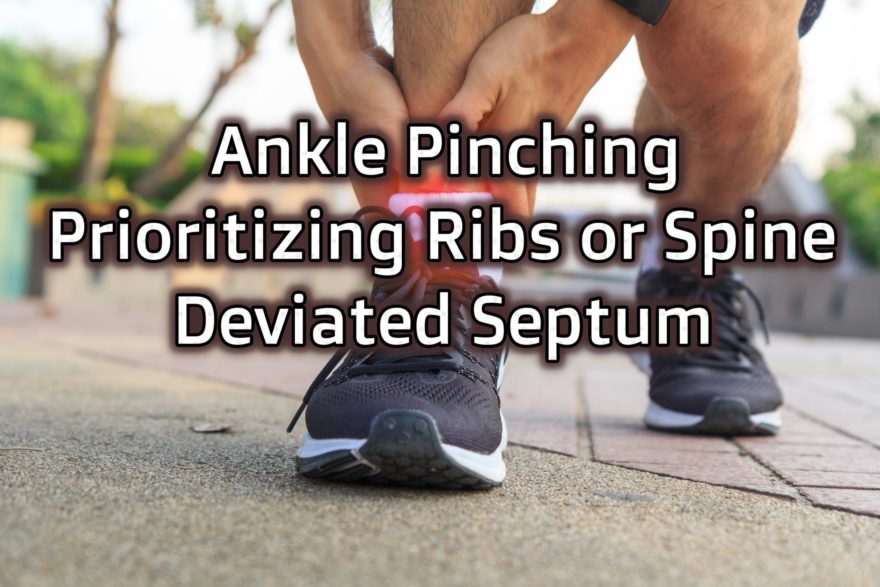This spans an entire treatment over a year’s time. Here’s part 1 Part 2 Part 3 Part 4 “Yeah you know me.” ~ Naughty By Nature You know how sometimes when you are treating someone that individual eventually reveals fairly important information that he or she forgot about. Yeah that was totally me. I’ve always had a stuffy nose as far back as I can remember; especially in the winter. The only time breathing felt incredibly easy was when I was eating paleo in college. I have progressively been losing my sense of smell as well. Must be old age right? When I spoke with Lori Thomsen about my recent experience, she mentioned at Pelvis that attaining neutrality in certain areas but not others could lead to a “pressure cooker” phenomenon. For example, if I have someone with a neutral neck and thorax, lower extremity symptoms may possibly be more common. In my case, I had a neutral pelvis at the time my wisdom teeth were pulled. Pull out wisdom teeth and my nasal airway goes crazy. Guess where the pressure went? It was time to see an ENT. ENT Begins After viewing my CT scan and airway, my ENT concluded I have patho-scoliosis. More specifically, airway scoliosis. He found a deviated septum and some enlarged turbinates. These two factors could have a large impact on my breathing capabilities. To me this made a lot of sense. If you read this article, a nostril will drive air to the ipsilateral lung.
Read More